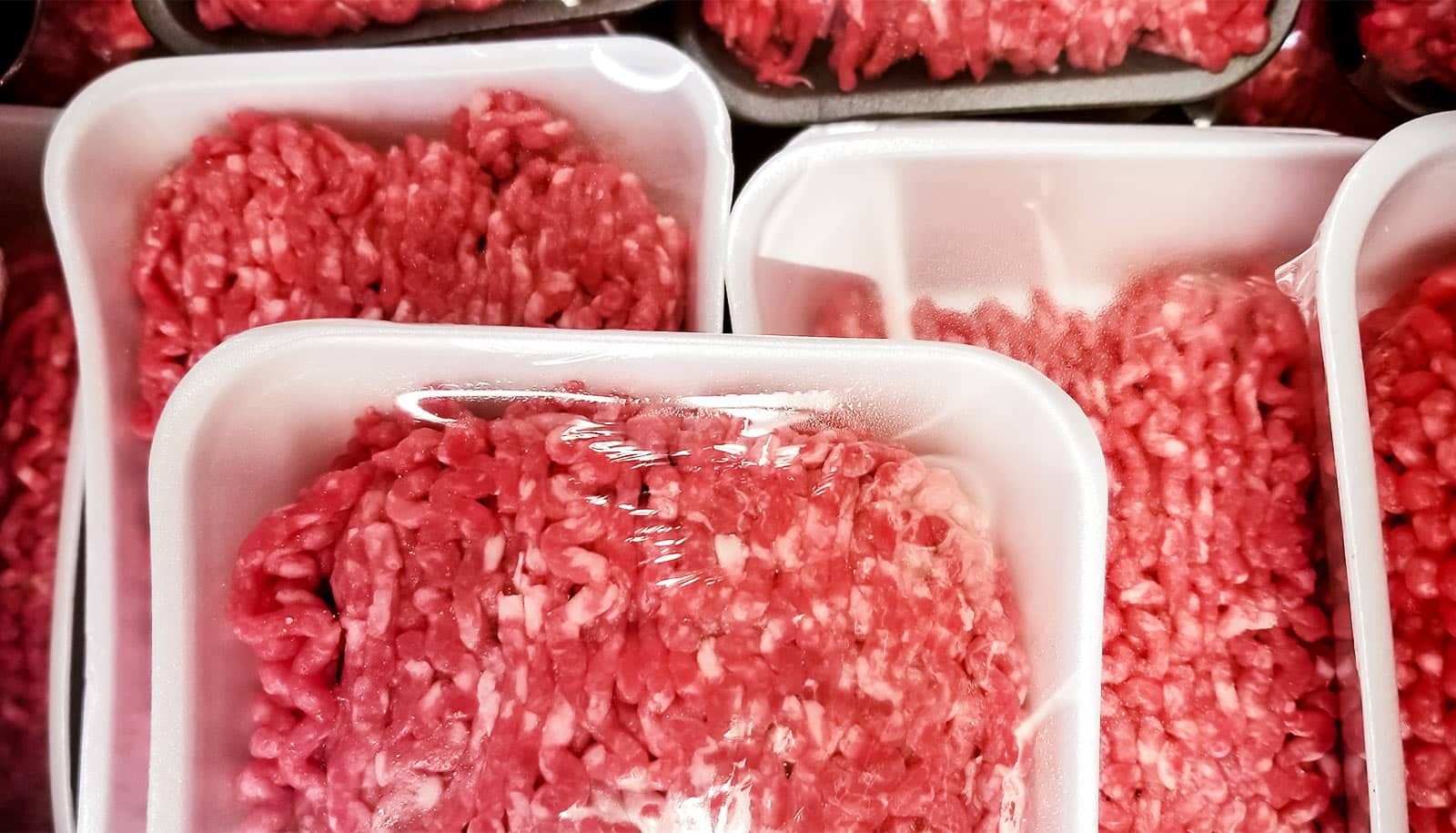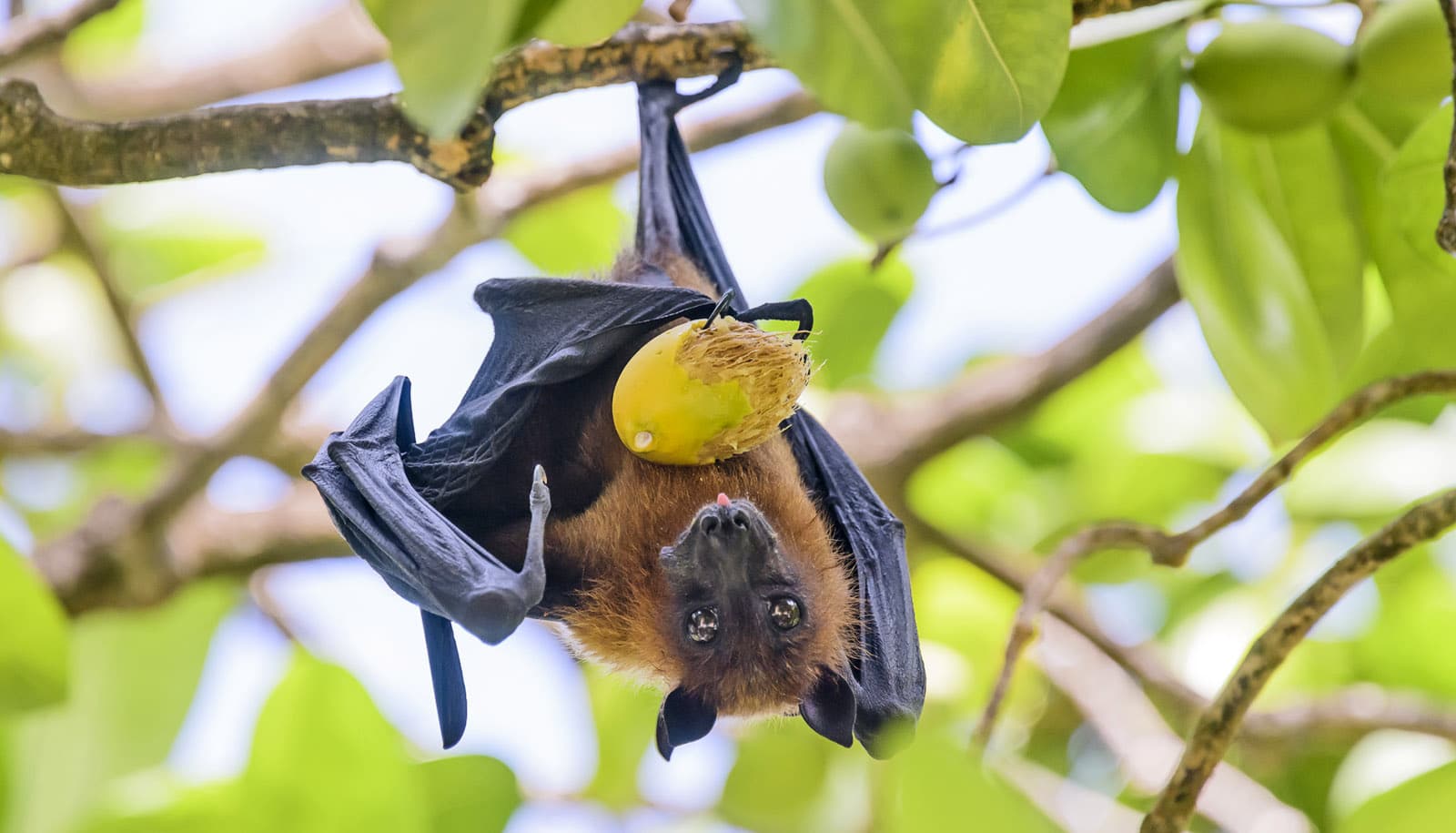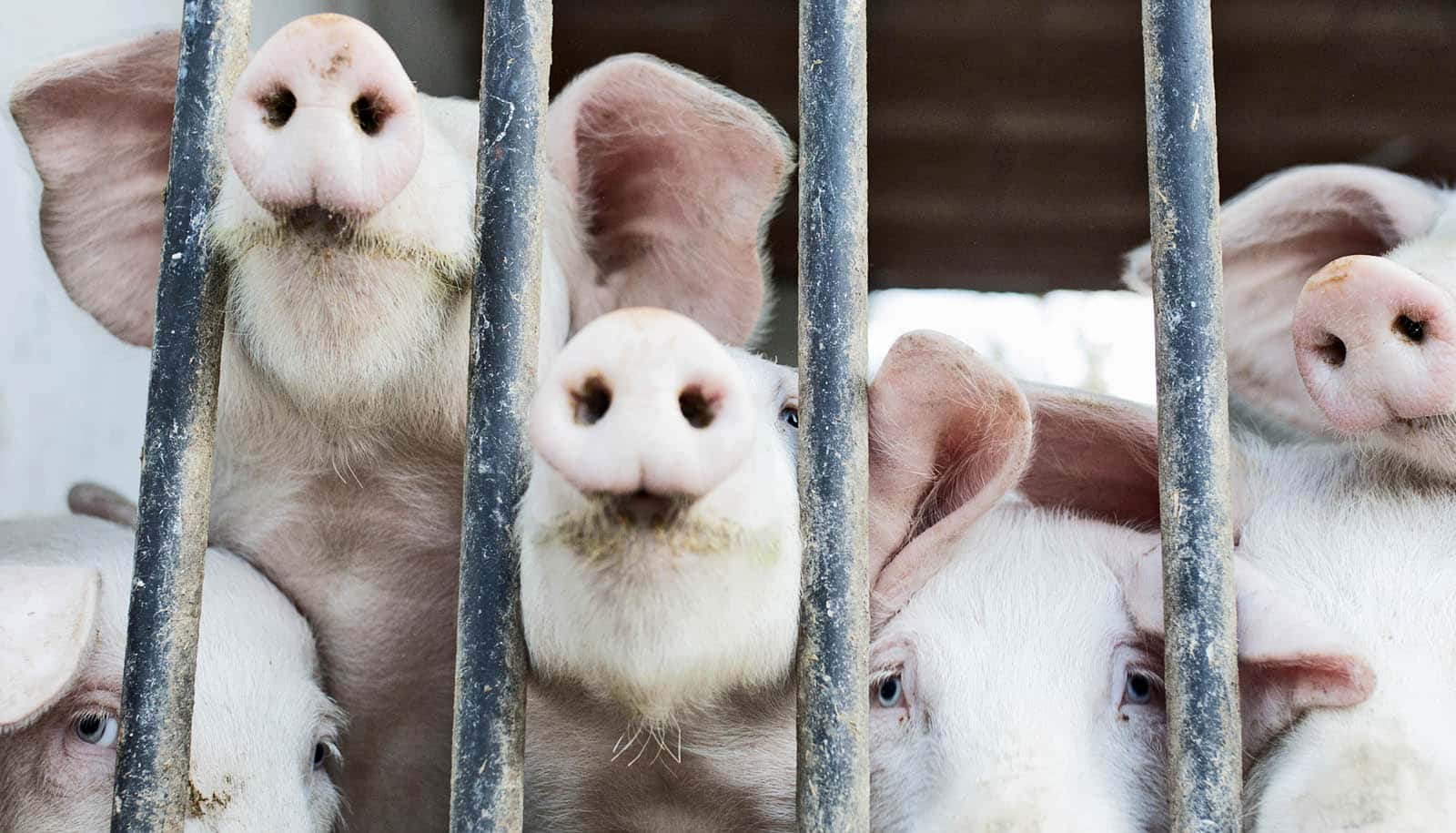In the face of growing demand for meat-based diets across the globe, new research conducted has uncovered a systematic connection between the number of animals grown for meat and zoonotic disease outbreaks.
The study in the Australian Journal of Agricultural and Resource Economics examines the impact of beef, chicken, and pork production on zoonotic outbreaks, which are infectious diseases that can be transmitted between animals and humans.
The study finds that intensive meat production may have contributed to a large increase in these animal-to-human disease outbreaks occurring in Asian countries, particularly flu pathogens.
Ore Koren, an associate professor in the political science department at Indiana University Bloomington, is a coauthor of the study, along with Jessica Steinberg, an associate professor in the Hamilton Lugar School of Global and International Studies, and Amit Hagar, a professor in the history and philosophy of science and medicine department.
Part of the impetus for the study was based on the widespread interest post-COVID pandemic among scholars and scientists to understand the vectors of disease-spreading pathogens.
“I worked on another article prior to this study,” explains Koren, “and in conversations with Amit Hagar, one of the coauthors, we discussed how there’s a presumption that in the meat industry disease spreads from livestock to humans, and while there is some micro-level evidence on specific diseases, there is not macro-level assessment, so it became clear we needed to get original data around specific events,” like those in Asia.
For example, while the authors utilized data from the World Health Organization (WHO) to identify 22 specific pathogens relevant to the study, data from WHO, Koren notes, “Might not include small events that could become pandemics or epidemics.” Thus, Koren and his coauthors created an original data set with support from two undergraduates, Katie O’Donnell and Callie Johnson. “Callie and Katie created an excellent, fine grain data set, which was integral to the study,” says Koren.
Through this original data set, they focused on Asian countries where the pathogens from these diseases emerged between 1996 and 2019.
“We focused on the region both because this is where a lot of those pathogens emerged recently, as the demand for meat in Asian countries has risen significantly in recent years,” says Koren. “Asia also serves as a test case because there are regions, such as sub-Saharan Africa, where meat consumption is likewise increasing, and where we could also see some of the links between disease in livestock jumping to humans.”
A key concern the study authors highlight is that if these diseases spread through the meat industry it could be a broader systematic problem. For example, a Nipah outbreak in Singapore in 1999 was linked to workers in the meat industry being exposed to contaminated meat. Currently in the US, avian flu is spreading through cattle, with at least one (the first) case of mammal-to-human spread of the disease.
Among the study’s findings, the researchers revealed that a one million ton increase in beef, chicken, meat, and pork production in a given year corresponds to an increase in disease outbreaks between 48 and 530% among certain flu pathogens within a country.
The authors point out in the study, however, that while the relationship between meat production and some flu outbreak events is supported by the data, they do not identify a clear relationship with other diseases, including respiratory syndromes such as SARS and MERS.
But Koren and his coauthors find that if these dynamics at play like increased meat production continue to happen, it could lead to large outbreaks among populations if the problem is not addressed by policy makers and industry leaders. Thus, there are many ways Koren and the other researchers feel this threat could be combatted—for example, by generating more data and surveilling outbreaks at the local level. In addition, public officials and researchers could track the way farmers design their feedlots, which would provide a map of how these pathogens spread.
Another way Koren says this problem could be prevented is to have an international organization like the Food and Agricultural Organization (FAO) create a set of guidelines to prevent areas of risk from contracting diseases from their consumption.
Further, shifting consumption habits to higher-quality meats could lessen the effects of the pathogens being spread and thus prevent disease outbreaks. In addition, plant-based meat substitutes such as Impossible burgers could also have a positive impact.
Koren explains that implementing these changes is not so difficult if you put them into perspective.
“It’s just a way of thinking of how to do business sustainably in light of these risks, much in the same way I like driving my car but am aware as a consumer how I can mitigate the climate change risks in.”
Source: Indiana University



